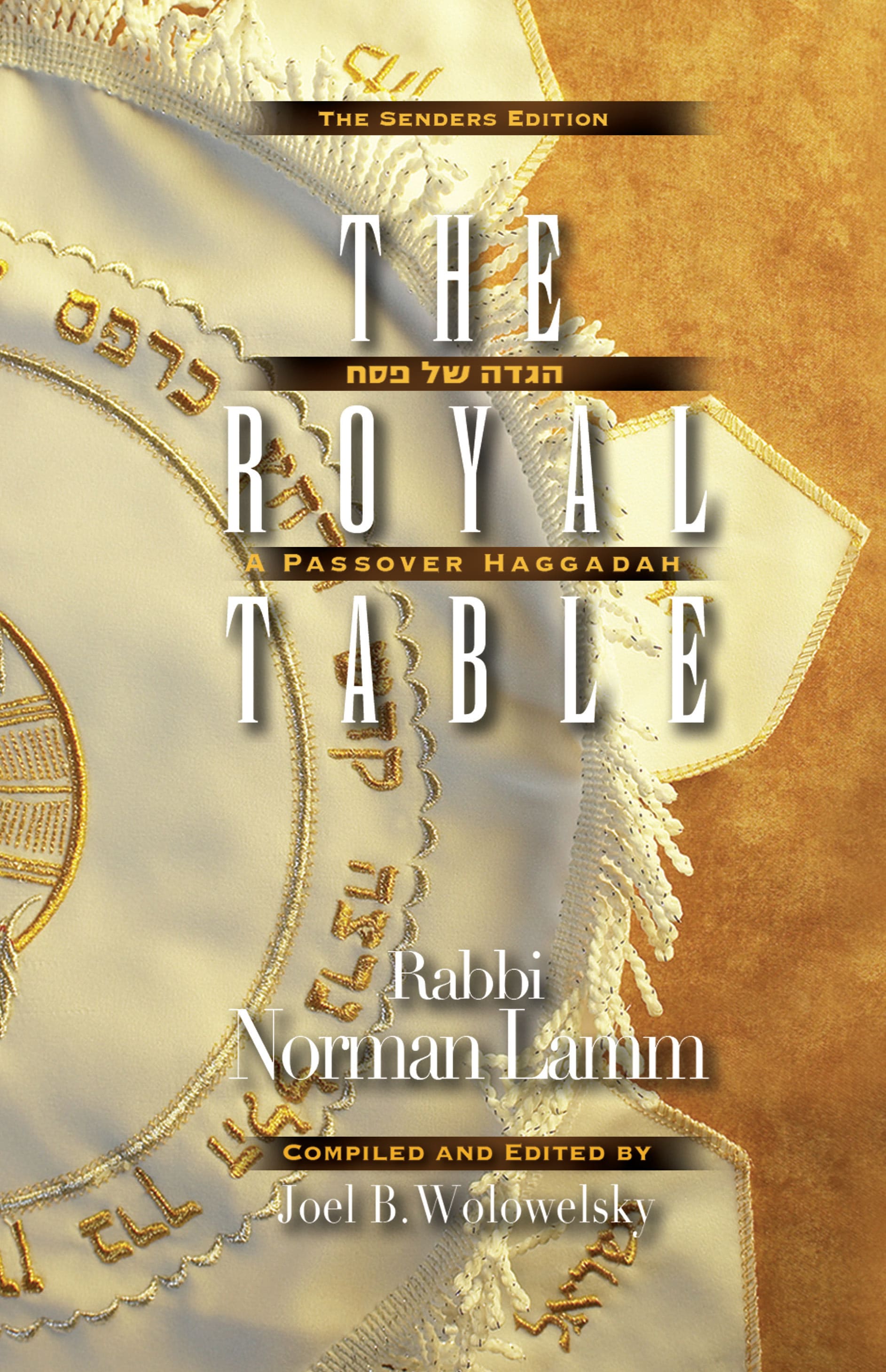The first days and last days of Passover are related to each other, but are not identical. Each commemorates a different historic event. The first days of Passover celebrate the Exodus from Egypt. The last days, however, recall a somewhat later event: the splitting of the Red Sea, which enabled the Israelites to escape and which caused the destruction of the Egyptians. What is the difference in concept and meaning between these two events, the Exodus and the crossing of the Red Sea, which we commemorate, respectively, on the first and last days of this festival?
The difference may be expressed in two Kabbalistic terms: it‘aruta di-le-tata (impulse or initiative from below) and it‘aruta di-le-‘eila (initiative from above). Both these terms refer to the dialogue or relationship between God and man. The first term, the impulse from below, implies the relationship that is initiated by man, when man first calls upon God and then God answers him. The second term refers to the initiation of the relationship by God.
There are times that man is active, when he seeks to arouse the Almighty; and there are times that man is passive and silent, and God, as it were, comes down from above to awaken man and to challenge him. Now the Exodus from Egypt is a case of it‘aruta di-le-‘eila. The Israelites were a phlegmatic and uninspired lot, they could not and would not help themselves. But God intervened in the course of human events and redeemed them from Egypt despite their own indifference. Thus the Torah tells us that God commanded the Israelites during the last plague: “Let no man go out from the door of his house until the morning.” The initiative for the redemption came from Above, while man remained quietly indoors. Thus too we read in the Haggadah on the Seder night: “I, says God, redeemed you, I and no agent and no messenger, I and no angel, I and no one else.” The Exodus was an it‘aruta di-le-‘eila. The crossing of the Red Sea, however, was primarily a case of it‘aruta di-le-tata.
This great turning point in the history of the relationship of God and Israel was initiated by the Israelites. For despite the miraculous nature of the divine intervention in splitting the waters of the sea, this was but the second step in this marvelous event. The Rabbis tell us that when the Israelites came to the shores of the Red Sea, they were surrounded on all sides by the Egyptians. A great debate ensued, and a fatal indecisiveness gripped them. While all this argumentation and deliberation were taking place, and as the threat grew with every moment, there finally arose one hero from amongst the people, the prince of the tribe of Judah, Nahshon ben Aminadav, who as an act of faith in God leaped into the sea, and was followed by the others. As a result of this leap by Nahshon who was willing to submit to death, God split the sea and allowed the Israelites to cross it in safety. It is an illustration of human initiative in the great dialogue between God and man.
The great need of our day is a Nahshonian leap of faith. The leap of Nahshon was not an irrational, impulsive, impetuous act. He was the prince of the tribe of Judah. Like his brother-in-law, the High Priest Aaron, he was a deliberate individual. We too need such Jews: people willing to take pause, then take the plunge; to think and then to act; to be deliberate and yet be dynamic; to consider carefully the risks, and then commit themselves irrevocably to the whole life and destiny of Judaism.
Excerpted from newly published haggadah with extensive commentary, The Royal Table: A Passover Haggadah by Rabbi Norman Lamm.
More information is available at www.OUPress.org
The words of this author reflect his/her own opinions and do not necessarily represent the official position of the Orthodox Union.
